Wave Amplitude - Definition, Examples, Quiz, FAQ, Trivia
Understanding How Wave Height Affects Sound and Light
What is Wave Amplitude?
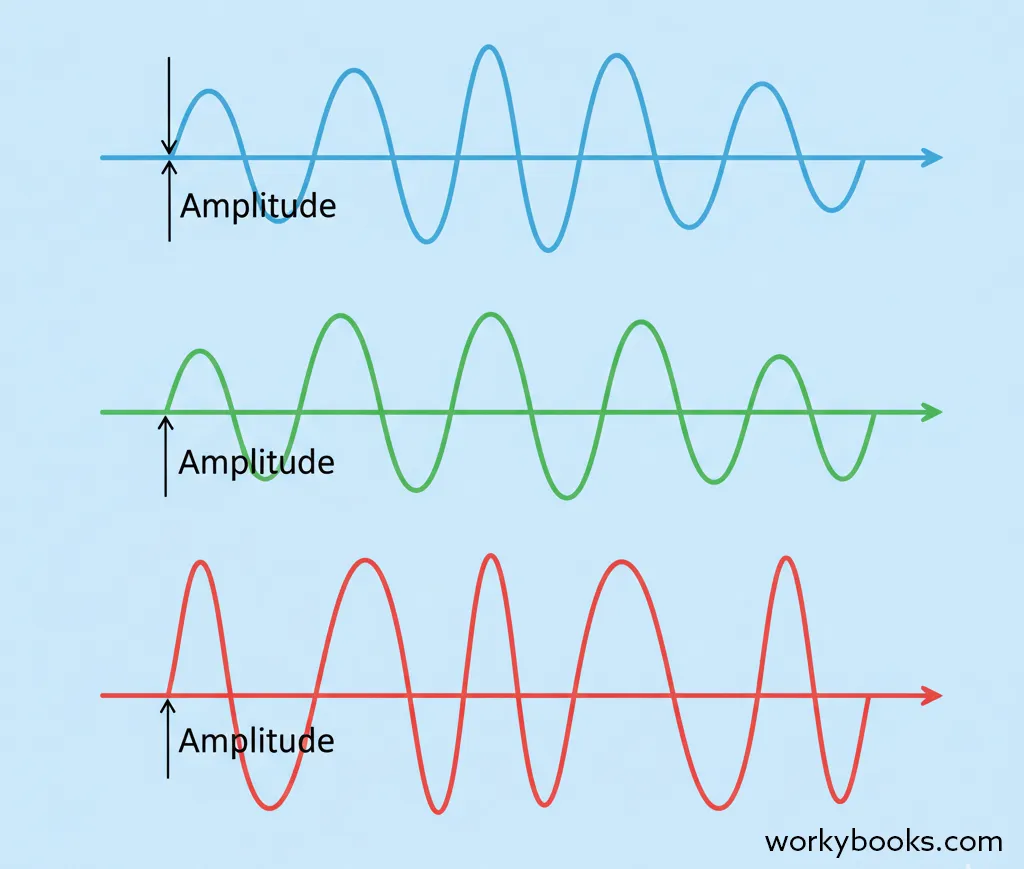
Wave amplitude is the height or strength of a wave. Think of waves in the ocean - some are small ripples while others are huge crashing waves. The bigger the wave, the higher its amplitude!
In scientific terms, amplitude is the maximum displacement of a wave from its rest position. For water waves, this is how high the water rises above or falls below the calm water level. For sound waves, it's how much the air molecules are compressed and expanded.
Science Fact!
Amplitude is one of the most important properties of a wave because it determines how much energy the wave carries. Higher amplitude waves carry more energy!
Amplitude in Sound Waves
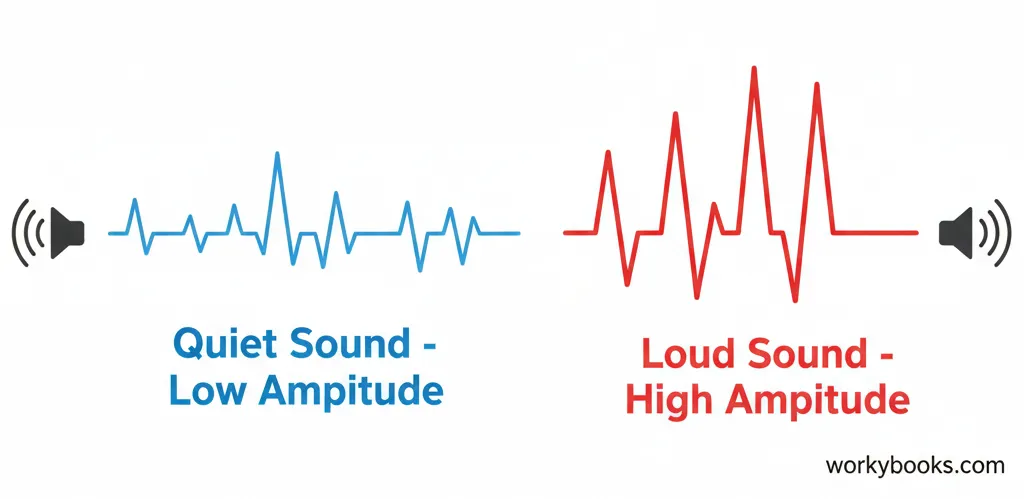
For sound waves, amplitude determines how loud or soft a sound is. When you turn up the volume on your music player, you're increasing the amplitude of the sound waves!
Here's how it works:
Low Amplitude
Small vibrations in the air create quiet sounds like whispers or rustling leaves
High Amplitude
Large vibrations create loud sounds like thunder or shouting
The amplitude of a sound wave is related to the amount of energy it carries. High amplitude sounds have more energy and can travel farther than low amplitude sounds.
High Amplitude = Loud Sound
Amplitude in Light Waves
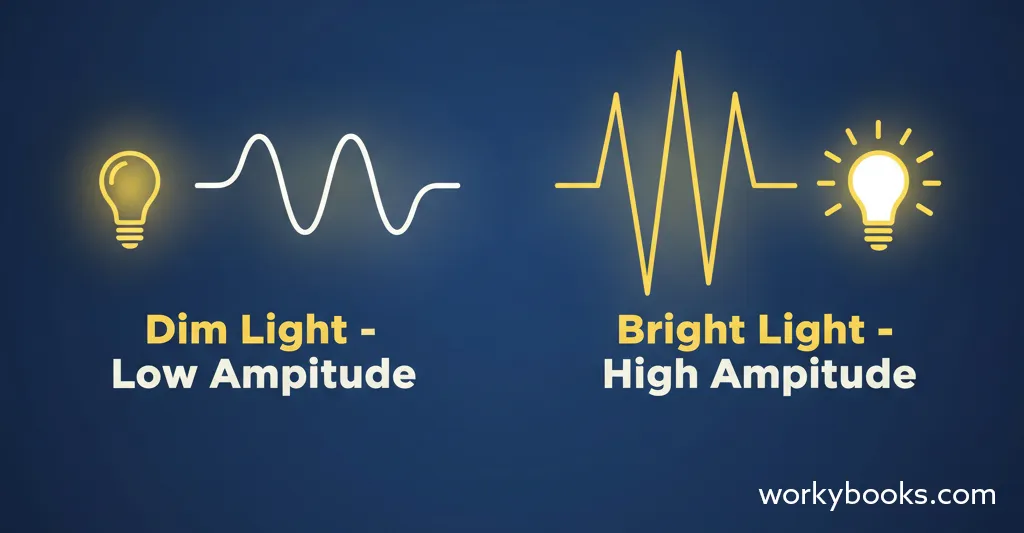
For light waves, amplitude determines how bright the light appears. When you adjust a dimmer switch on a lamp, you're changing the amplitude of the light waves!
Light wave amplitude works like this:
Low Amplitude
Dim light like a nightlight or moonlight
High Amplitude
Bright light like sunlight or a spotlight
Unlike sound waves, the color of light is determined by its frequency (wavelength), not its amplitude. The amplitude only affects the brightness of the light.
High Amplitude = Bright Light
Calculating Amplitude
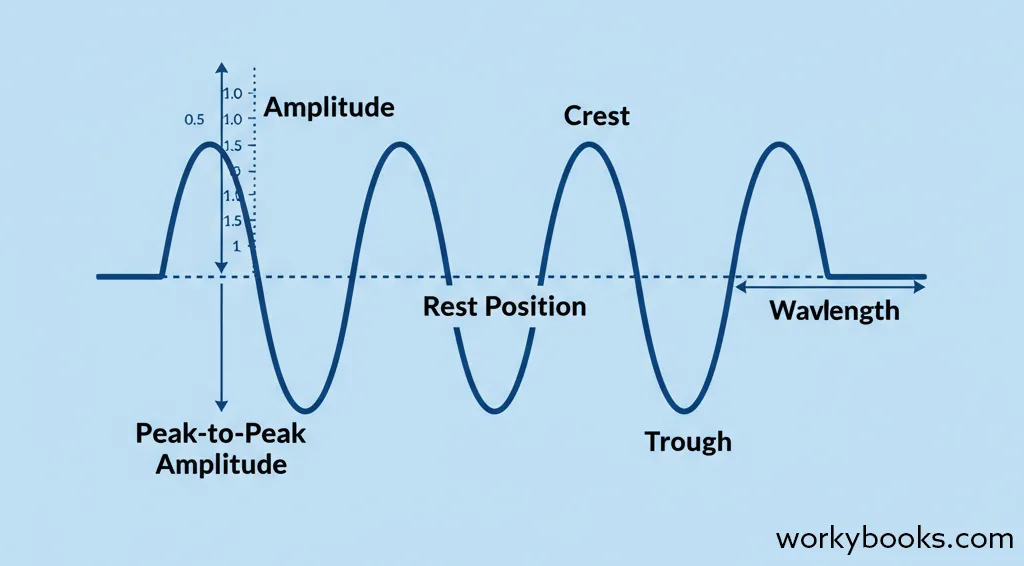
Calculating wave amplitude is simpler than it sounds! For most waves, you measure from the rest position (the middle line) to the crest (highest point) of the wave.
The formula is simple:
Scientists sometimes measure from crest to trough (the lowest point) and then divide by 2. This is called the "peak-to-peak" amplitude.
For sound waves, amplitude is measured in decibels (dB). A whisper is about 30 dB, normal conversation is about 60 dB, and a rock concert can be 120 dB or more!
Measurement Tip
When measuring amplitude, always measure from the center line (rest position) to the top of the wave, not from trough to crest!
Frequency vs Amplitude
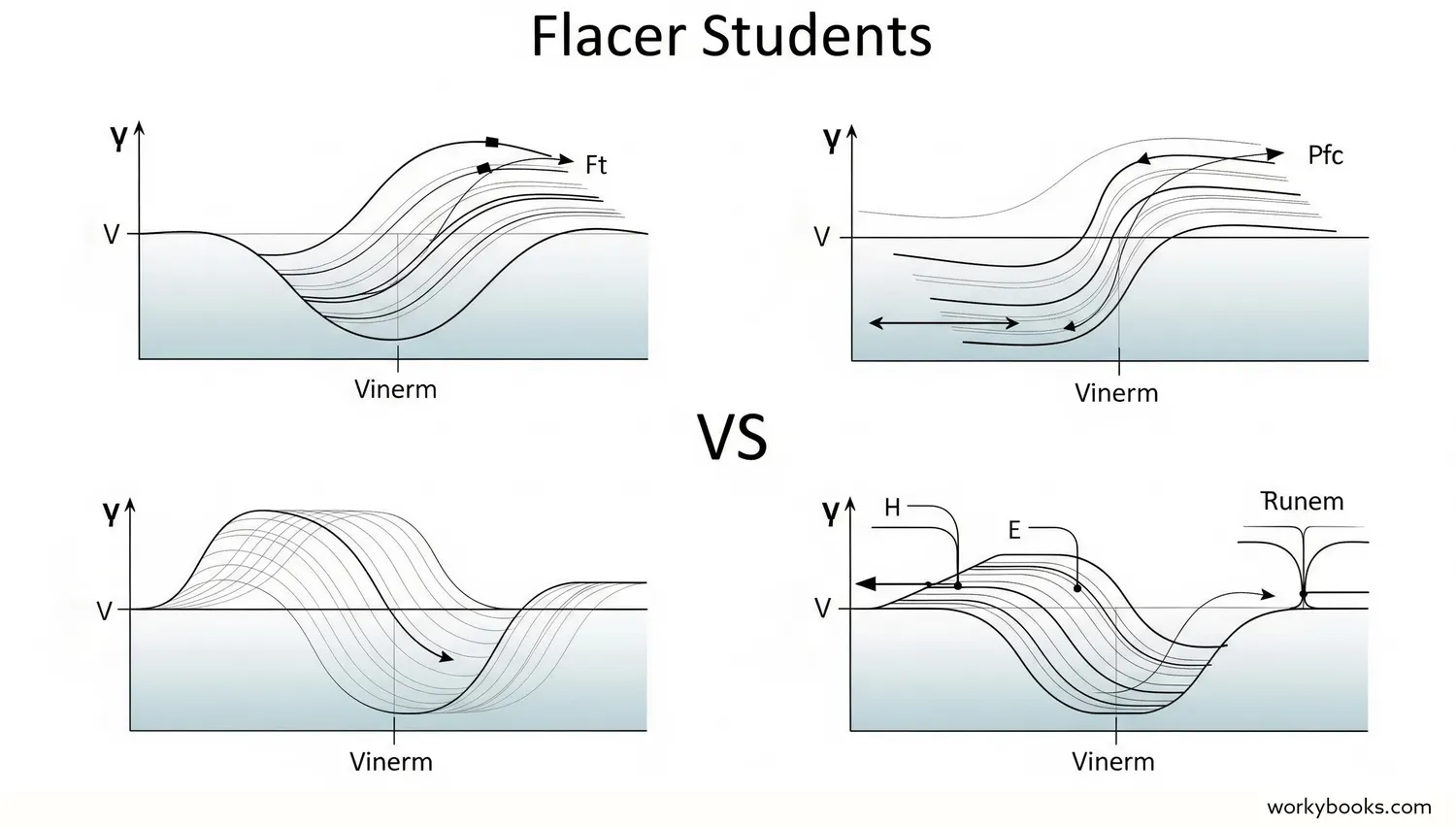
Frequency and amplitude are two different properties of waves that people often confuse:
Frequency
How many waves pass a point in one second
(Measured in Hertz - Hz)
Determines pitch in sound or color in light
Amplitude
The height or strength of the waves
(Measured in various units)
Determines volume in sound or brightness in light
Think of it this way: If waves were people jumping rope, frequency would be how fast they turn the rope, and amplitude would be how high they jump.
High Amplitude = Taller waves
Wave Amplitude Quiz
Test your knowledge with this quiz! Answer all 5 questions to see how much you've learned about wave amplitude.
Frequently Asked Questions
Here are answers to some common questions about wave amplitude:
Science Facts About Wave Amplitude
Discover some fascinating facts about wave amplitude!
Earthquake Waves
The amplitude of seismic waves (earthquake waves) determines the magnitude of the earthquake on the Richter scale. Each whole number increase represents a tenfold increase in measured amplitude!
Human Hearing Range
The human ear can detect sound wave amplitudes ranging from 0 dB (threshold of hearing) to about 120 dB (threshold of pain). Sounds above 85 dB can cause hearing damage with prolonged exposure.
Sunlight Amplitude
Sunlight has such high amplitude that it can travel 93 million miles from the sun to Earth and still be bright enough to light our planet! The amplitude decreases with distance, which is why planets farther from the sun receive less light.
Whale Communication
Blue whales produce the loudest sounds of any animal, with amplitudes up to 188 dB. These low-frequency, high-amplitude sounds can travel hundreds of miles underwater, allowing whales to communicate across vast ocean distances.


